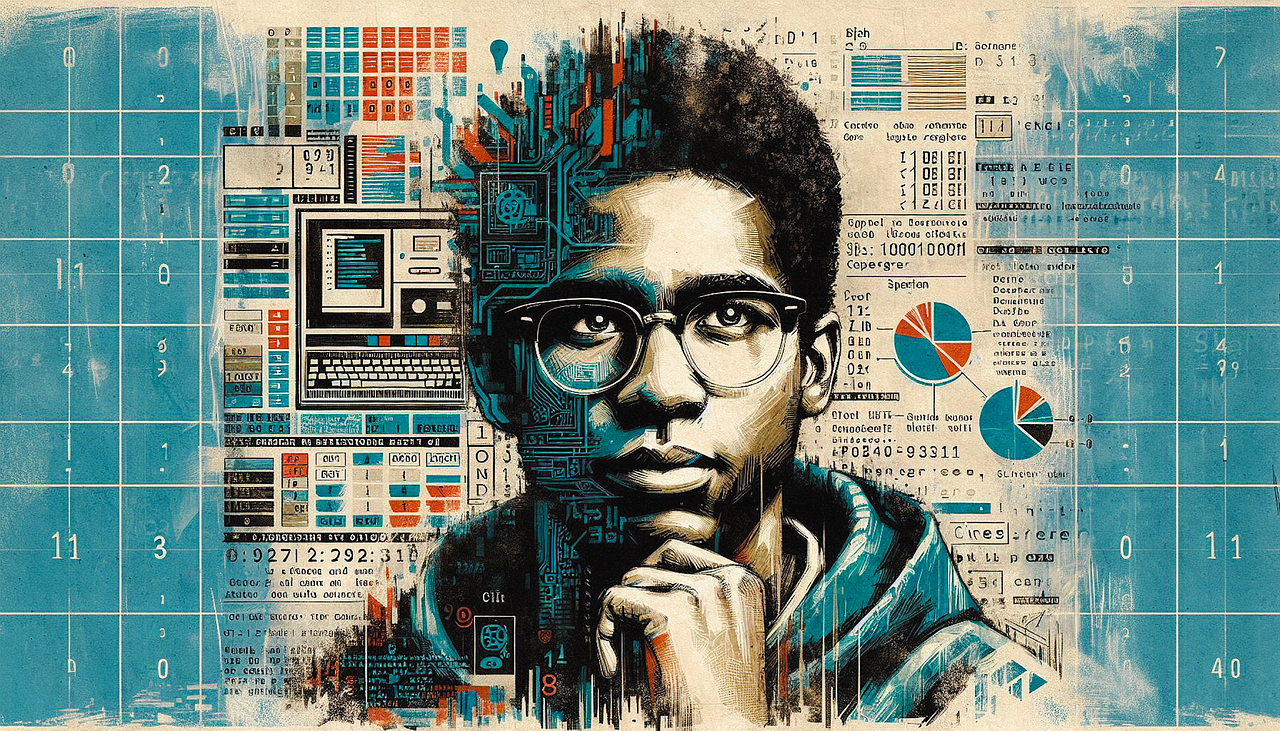Every artist dreams of creating a body of work so distinct and evocative that it speaks its own language. In a world saturated with visual content, originality lies not only in subject or style but in meaning—crafted and communicated through symbolic painting techniques. These techniques allow artists to encode personal experiences, beliefs, and emotions into their work, offering viewers more than just aesthetics: they offer narrative, depth, and discovery.
What Are Symbolic Painting Techniques?
Symbolic painting techniques are artistic methods that infuse artwork with metaphor, meaning, and psychological or cultural resonance. Instead of painting what you see, symbolic art invites you to paint what you feel, remember, or wish to express indirectly. This might include objects, shapes, colors, or textures that represent abstract ideas—freedom, grief, transformation, or spirituality.
While symbolism has long existed in art history—from the religious icons of the Renaissance to the subconscious visuals of Surrealism—contemporary artists now use symbolic methods to tell more personal, layered stories. The modern approach is not about following ancient codes but about creating your own visual lexicon—symbols that mean something uniquely to you and your audience.
Start with Meaning, Not Just Materials
Personalizing symbolic painting techniques begins with self-awareness. Before you pick up your brush or palette knife, ask: What themes recur in my thoughts? What emotions do I struggle to articulate with words? What moments in my life are unresolved or deeply formative?
These questions lead to the core of your symbols. Perhaps a window represents freedom, or birds signify loss. Maybe a cracked bowl echoes themes of healing, or circles portray a spiritual journey. You don’t need to use traditional symbols. You can invent your own—so long as their presence is intentional and consistent across your work.
Your materials should support your symbols. Torn paper might convey destruction; stitching may evoke repair or connection. Experiment with layering, texture, and transparency. Symbolism often hides beneath or within the image, waiting to be discovered by viewers.
Build a Personal Visual Dictionary
To master symbolic painting techniques, it helps to create your own symbolic “dictionary.” This doesn’t have to be public or even organized—it’s for your creative clarity. Document objects, shapes, colors, and materials that hold personal meaning. Keep a sketchbook or digital log of symbols you feel drawn to, and reflect on what each one represents to you.
For example:
- Keys may symbolize opportunity or secrets.
- Cages could reflect emotional confinement.
- Gold leaf might represent divine light or personal value.
Once you start collecting and reusing your symbols, they begin to gain power through repetition. Viewers will begin to associate certain elements with particular emotions or ideas in your work. This is how a visual language is formed—through thoughtful consistency and emotional integrity.
Combine Technique and Intuition
While technical skills are important, symbolic painting techniques thrive when balanced with intuition. Many artists find that their most meaningful symbols emerge not from premeditated design but from spontaneous creation. Allow your subconscious to guide your choices sometimes. You may paint an unfamiliar shape or include a texture without fully understanding its relevance—only to recognize its significance later.
Try methods such as automatic drawing, dream journaling, or meditative painting sessions. These processes allow symbols to rise from your inner world unfiltered. Once revealed, you can refine or reinforce them through your chosen medium—acrylic, mixed media, oil, or digital art.
Remember, symbolism doesn’t have to be loud or obvious. A subtle choice—a repeated color, a recurring motif, an unusual texture—can say just as much as a prominent object. The key is that each element is intentional and emotionally resonant for you.
Allow Viewers to Participate in Interpretation
One of the beauties of symbolic painting techniques is that they create a dialogue between artist and viewer. While some symbols may hold fixed meaning for you, others may be open to interpretation. This ambiguity invites the audience to connect your artwork to their own experiences, making your paintings feel personal even to strangers.
By including layers of symbolism—both visual and emotional—you invite reflection. Don’t be afraid to leave some questions unanswered in your art. The mystery often enhances engagement and emotional impact.
If you’re comfortable, you can provide artist statements or short notes to guide interpretation, but avoid over-explaining. Symbolic art lives in the space between clarity and curiosity. That space is where emotional connection happens.
Creating Art That Speaks in Symbols
Developing your own symbolic language takes time, introspection, and experimentation. But once you’ve honed your unique voice using symbolic painting techniques, your work becomes more than just visual—it becomes narrative, emotional, and transformative.
Incorporating symbolic painting techniques allows you to convey complex themes without literal storytelling. It bridges the conscious and subconscious, the personal and universal. Each symbol becomes a building block in your artistic identity—a recognizable signature of your inner world.
As you continue to explore symbolism, you’ll find that you’re not just making art—you’re making meaning. And in a world desperate for connection and authenticity, art that speaks in symbols will always be heard.

